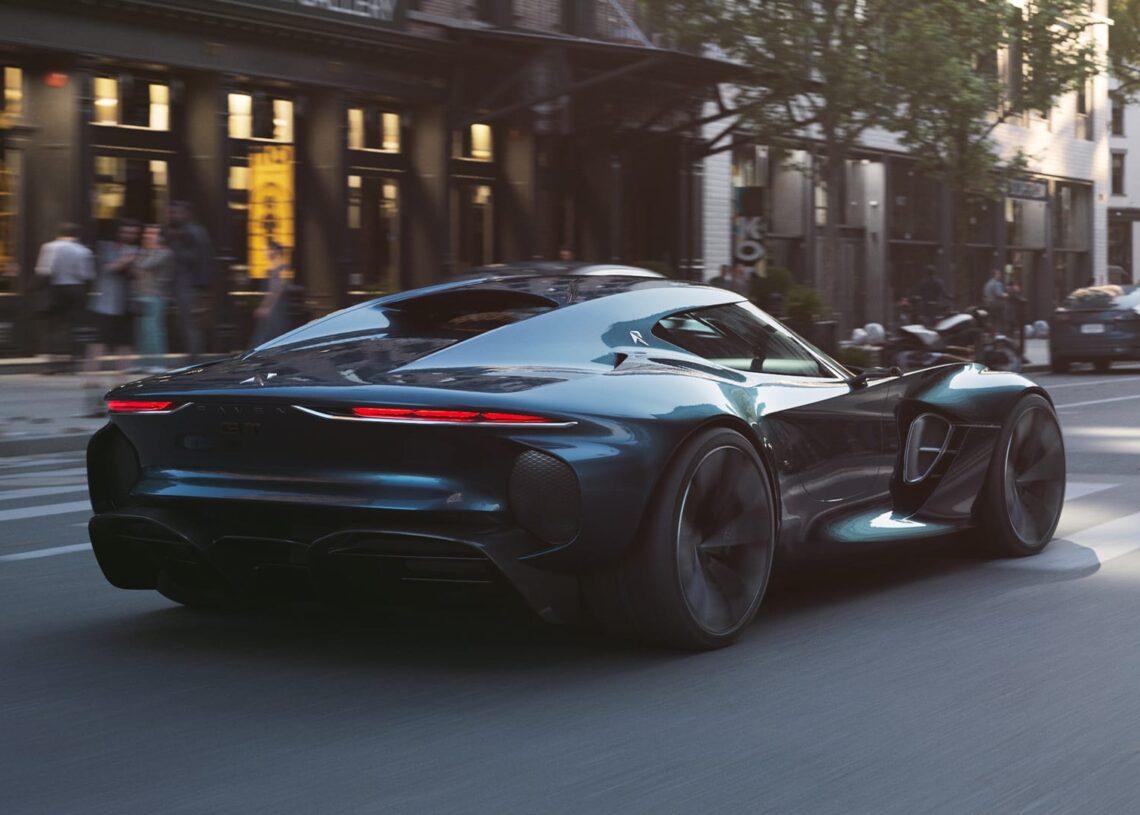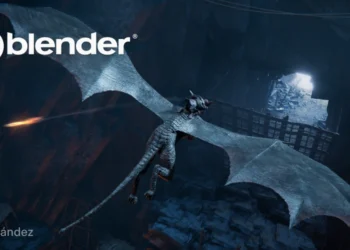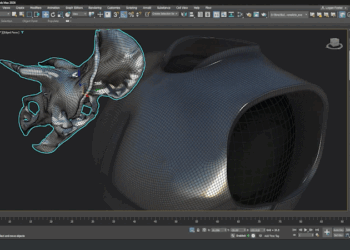Chaos has announce the release of V-Ray 6 update 1.
One significant enhancement is improved skin shading, which effectively eliminates undue shine on skin, paving the way for more natural-looking characters. The update also introduces ‘Custom Light Decay,’ offering users full control over light emission to produce any desired lighting effect. This component boosts creative freedom and flexibility in scene creation.
A new feature called ‘Cylindrical Decal’ facilitates the application of decals on cylindrical objects seamlessly, allowing for accurate surface curvature matching. In combination with ‘Decal Additive Bump,’ users can blend surface and decal bumps to create realistic effects, such as embossed logos or textured surfaces.
For those looking to design captivating skies, V-Ray’s ‘Enhanced Procedural Clouds’ offer unprecedented control over cloud density, darkness, and patterns. Users can also add contrails for a more dramatic effect.
In terms of data interchange, V-Ray now supports the transfer of USD data between applications like Maya, 3ds Max, and Houdini. This function eliminates the need for manual conversions, enabling more efficient collaboration.
The software offers more profiling data, providing insights into scene export time, geometry compilation, and other performance information. The update also enables quicker rendering through optimized geometry compilation and hair rendering, known as ‘Faster Time to First Pixel.’
With the integration of NVIDIA AI denoiser, the update allows for quicker previews and accelerates lookdev by up to three times. Another feature includes post-processing for V-Ray light material, enabling users to adjust the appearance of self-illuminating objects even post-rendering.
Further enhancing workflow efficiency, the new ‘Masking Support for Post Effects’ allows for the selective application of lens effects without re-rendering. Additionally, V-Ray GPU now supports compressed textures and mesh mode for V-Ray Clipper, optimizing memory usage and making it easier to render cutaways and sections with animated clippers and mesh objects.
Find out more on the Chaos blog.







